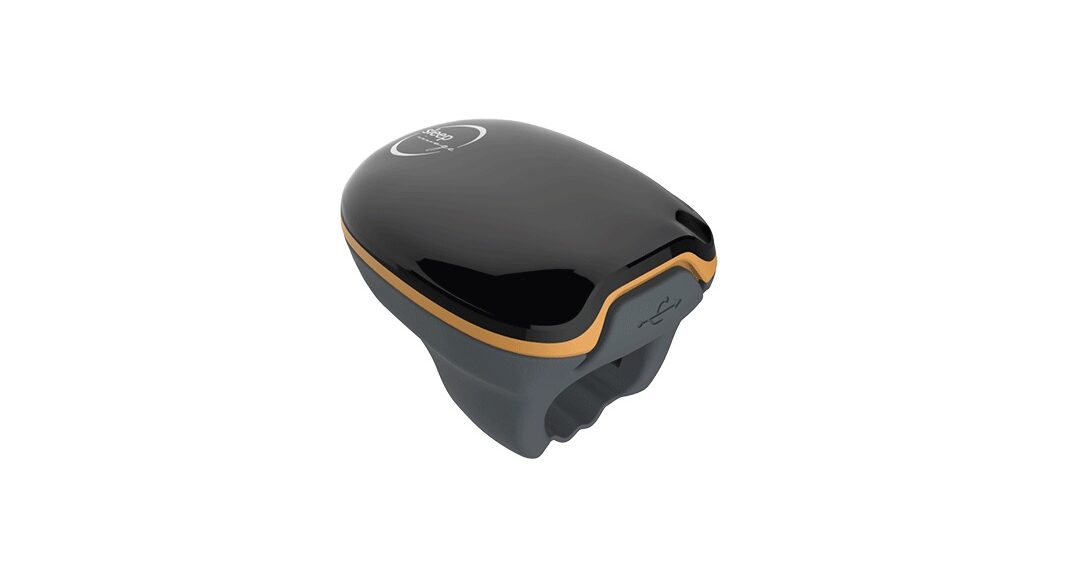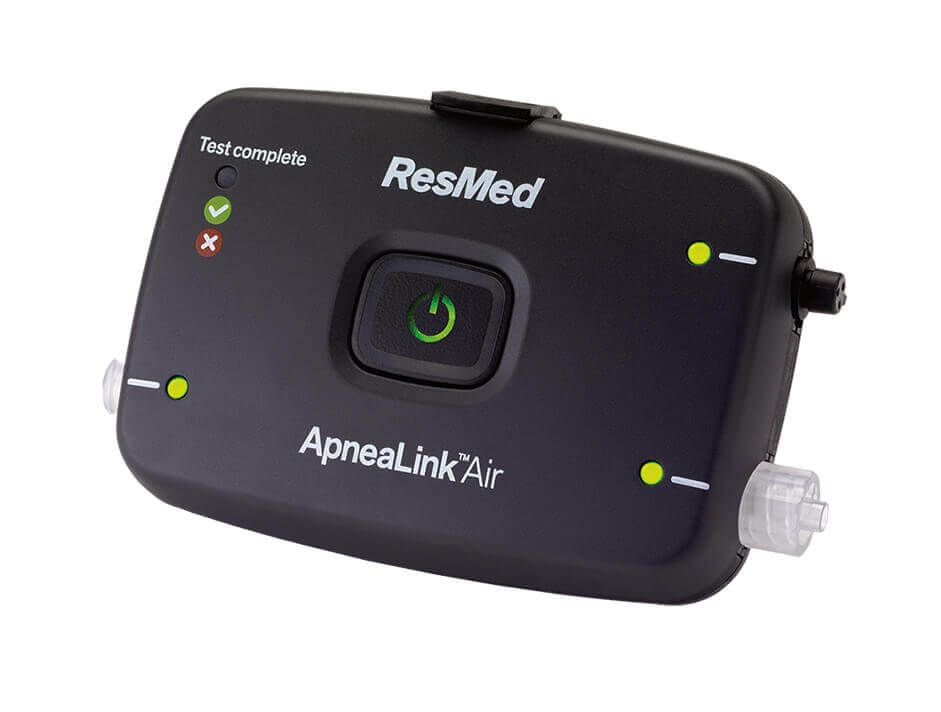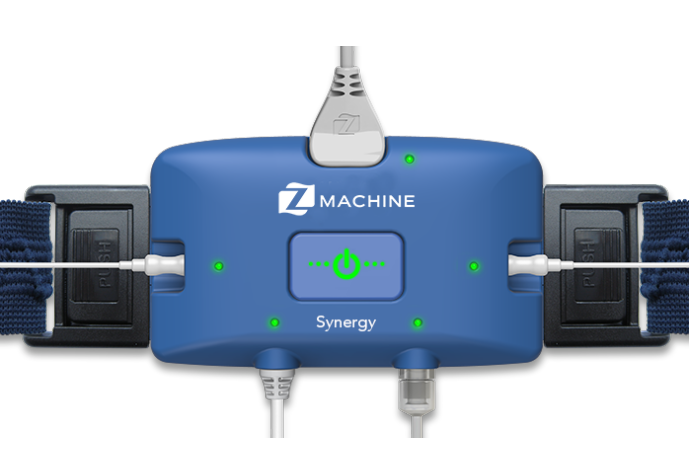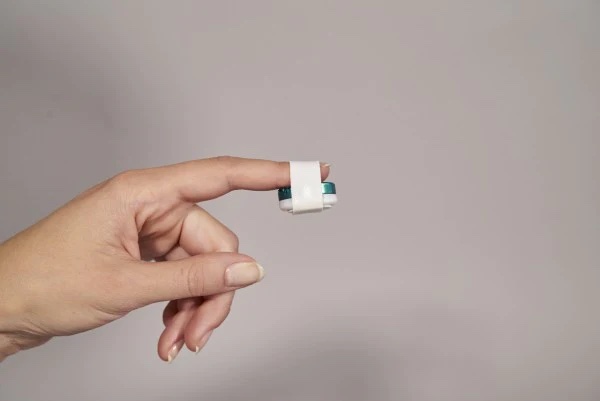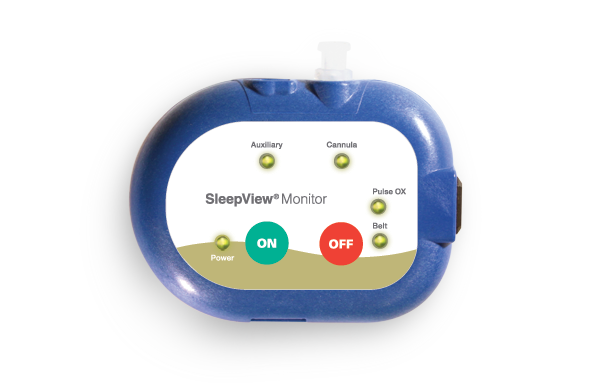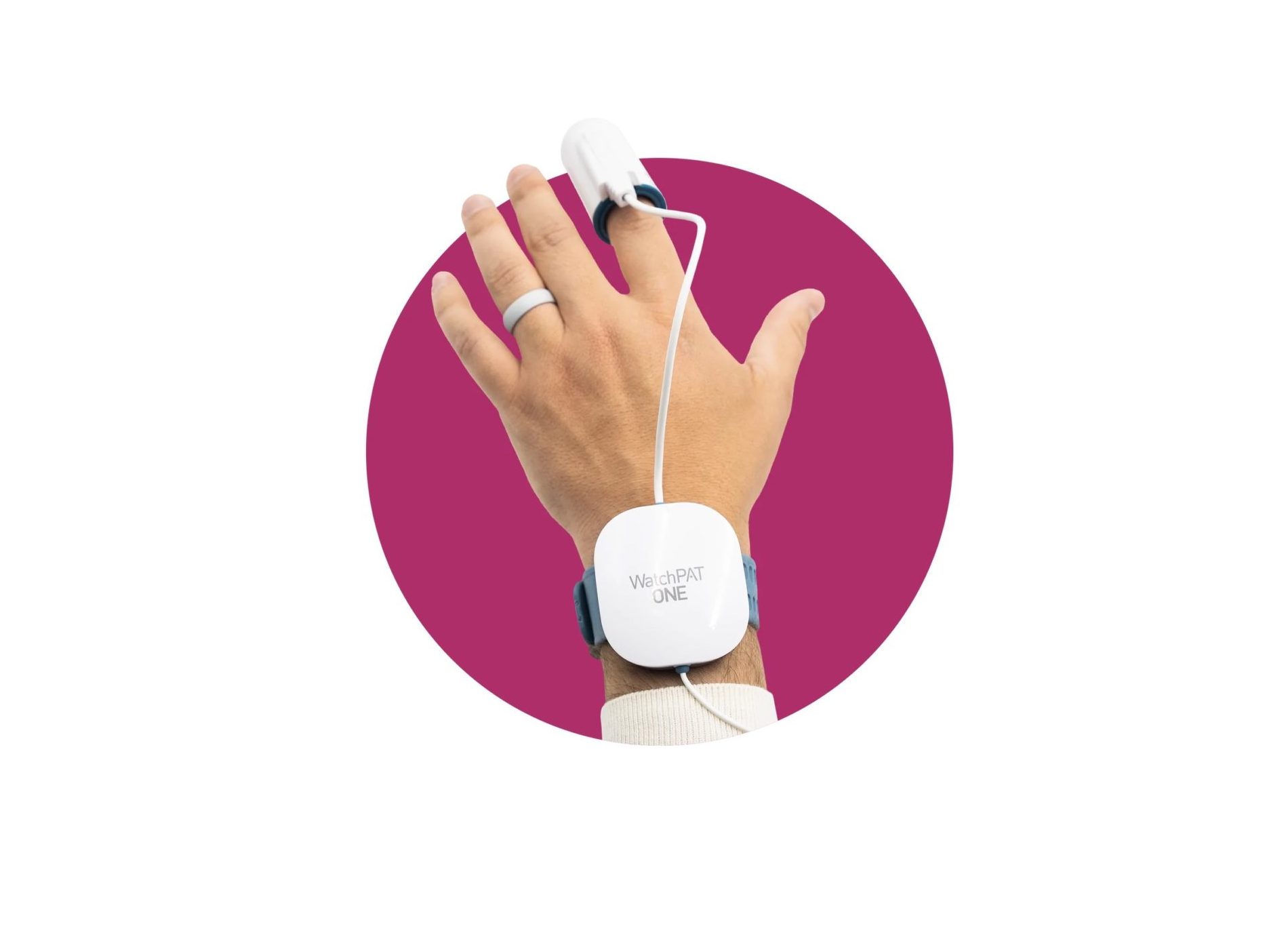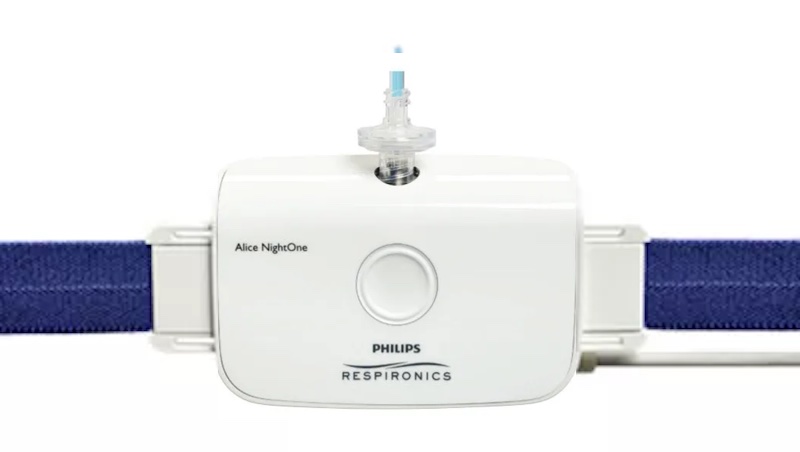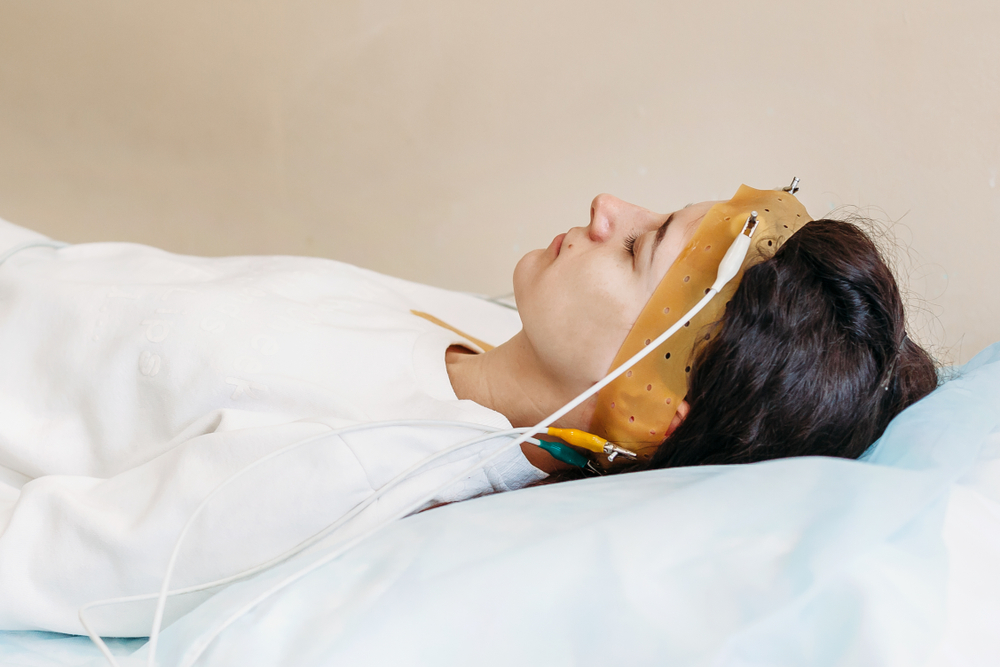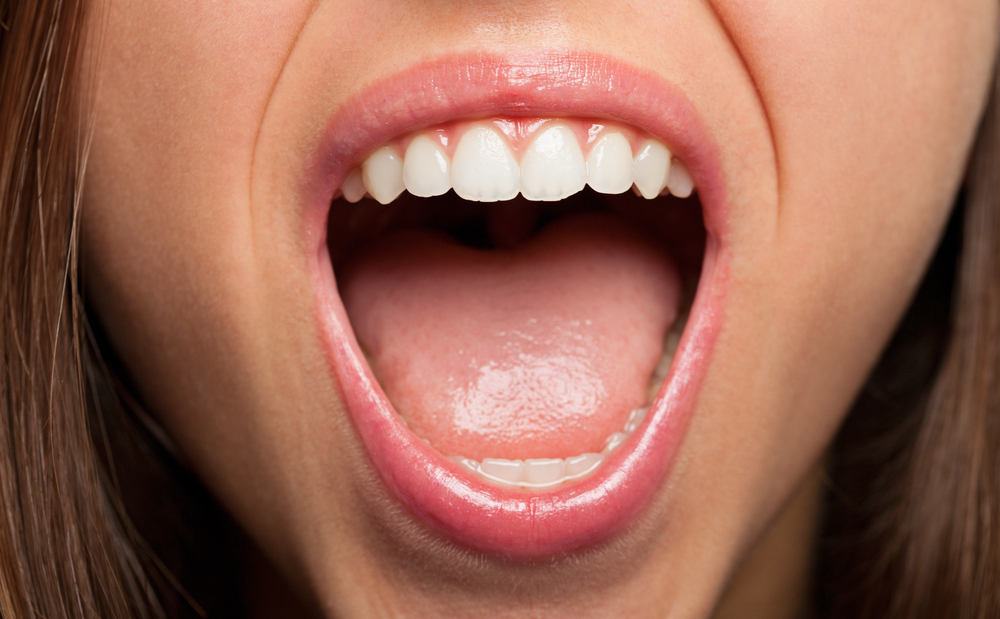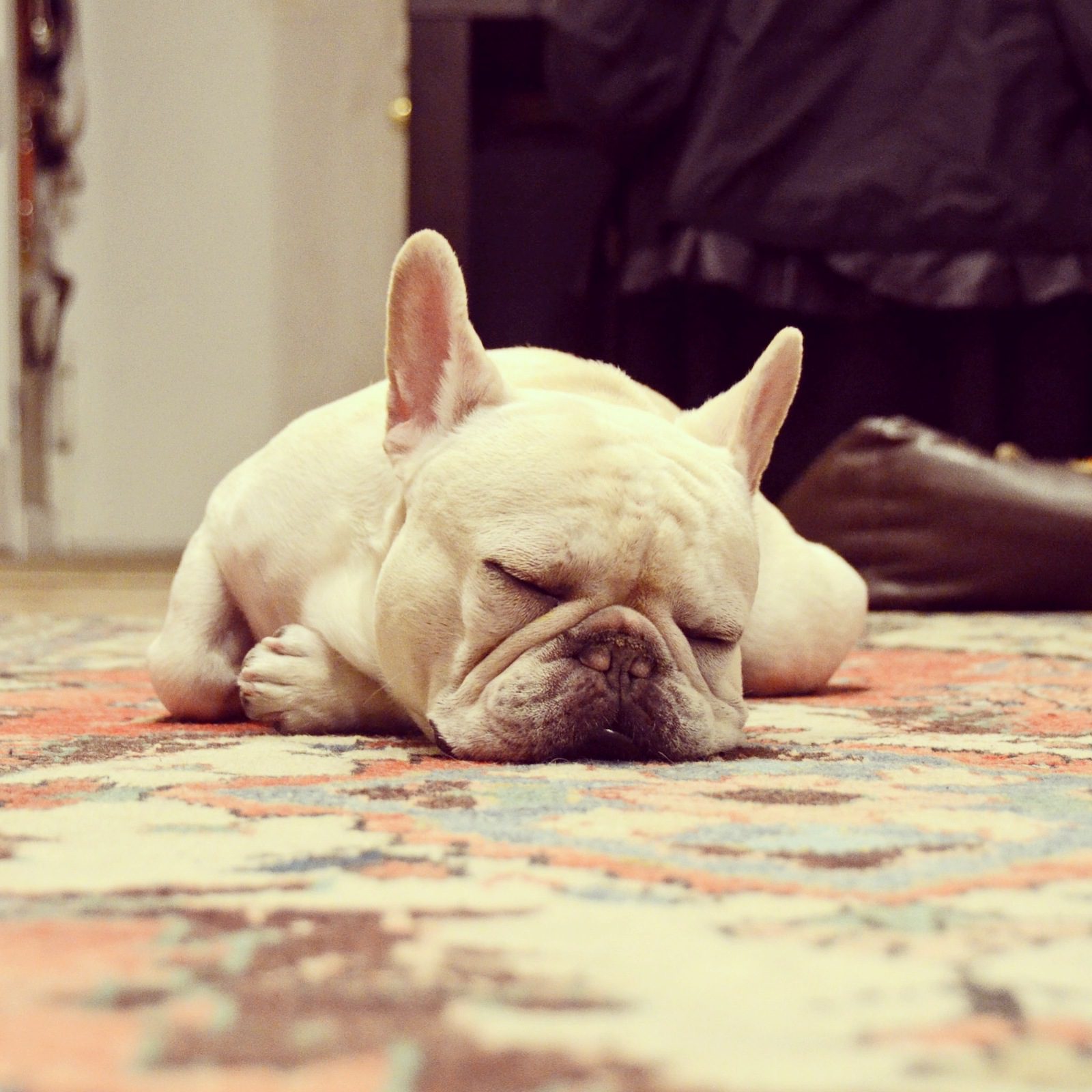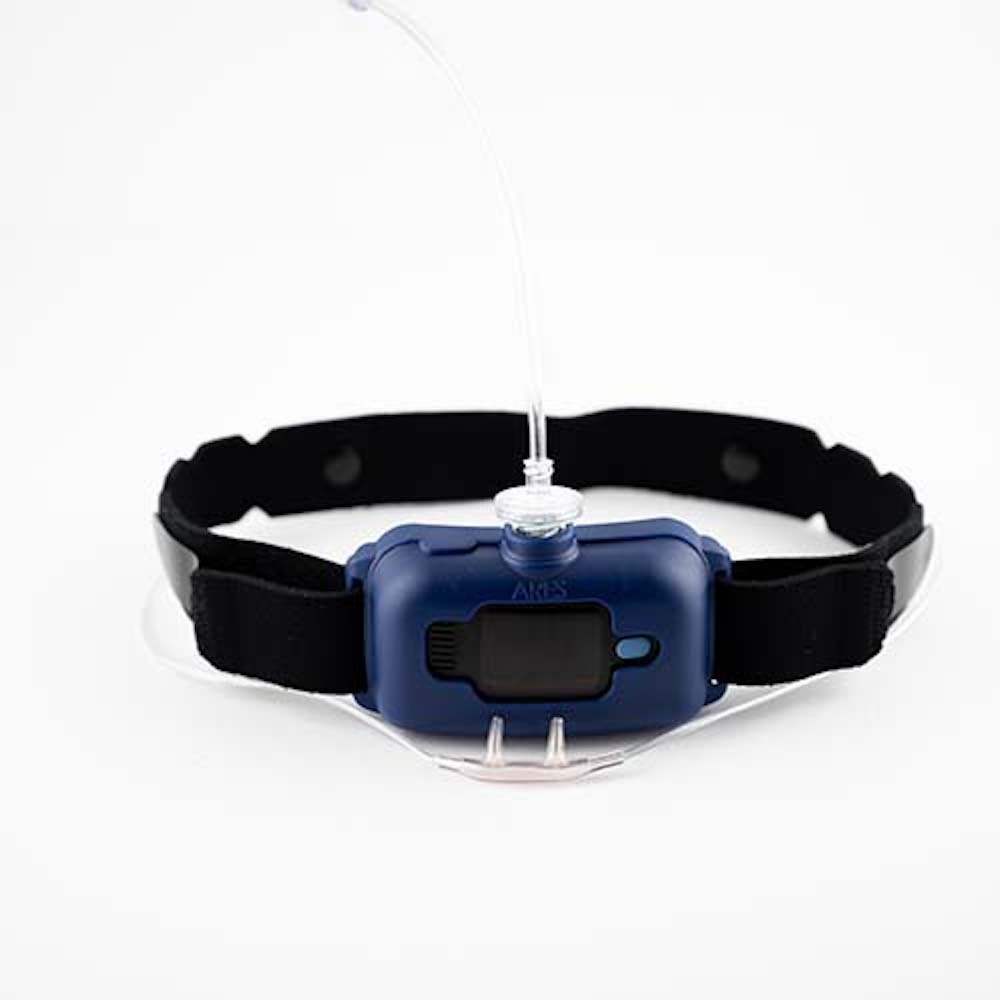Dogs can have obstructive sleep apnea (OSA), a condition in which breathing repeatedly stops or becomes shallow during sleep due to temporary airway blockages. While this sleep disorder affects between 10% and 30% of adults in the U.S., OSA only rarely occurs in dogs.
Although there is little research on obstructive sleep apnea in dogs, it appears to have some of the same causes and health consequences as OSA in humans. OSA occurs primarily in dog breeds with shorter snouts. Human companions of these dogs can watch for signs of OSA and seek treatment to help their pets get the sleep they need for health and well-being.
Does A Dog Snoring Indicate Sleep Apnea?
Snoring by itself does not mean that a dog has sleep apnea. Some dog breeds are more likely to snore because of the flat shape of their faces.
Other causes of snoring in dogs include:
- A recent increase in weight
- An object or substance blocking air flow through the nose
- Illness, infection, or inflammation affecting the nose or throat
Since snoring may be a sign of sleep apnea in dogs, human companions should report it to their veterinarian, especially if the dog does not usually snore or if mild snoring becomes worse.
What Are Signs of Sleep Apnea in Dogs?
In addition to snoring, dog owners can look for other signs of obstructive sleep apnea in their pets. Just as with OSA in humans, some symptoms occur during sleep and others are experienced during the day.
- Sounds while asleep: Dogs with OSA may snore or sound like they are choking or gasping for air. At times, their breathing may stop or become very shallow.
- Daytime tiredness: A dog with sleep apnea may show signs that they are not getting enough sleep at night by acting tired when it is usually time for them to play or go for a walk. They may also fall asleep while sitting or standing.
- Unique sleep positions: Dogs who have sleep apnea may try to sleep in a way that makes breathing easier, such as sitting with their chin lifted up or propping their mouth open with a toy.
Sleep apnea is diagnosed when a dog has one or more of these symptoms, combined with at least five episodes where breathing stops or is shallow as they sleep.
The Science of Sleep Apnea in Dogs
Obstructive sleep apnea in dogs is similar to the disorder in humans. That is, something blocks the upper airway during sleep, which interrupts breathing. Dogs are more likely to stop breathing or have very shallow breathing during the rapid eye movement (REM) sleep stage, when muscles involved with breathing are more relaxed.
OSA is diagnosed differently in dogs compared to humans. In humans, OSA is often confirmed by overnight, at-home sleep apnea testing, or a sleep study conducted in a laboratory. This type of lab testing, called polysomnography, is available but not often used in dogs, because it is expensive and time-consuming. Instead, dogs are diagnosed by their symptoms.
What Puts Dogs at Risk for Sleep Apnea?
Certain dog breeds, known as brachycephalic dogs, are much more likely to develop OSA than other breeds. In these dogs, the face, nose, and mouth are flattened to varying degrees, resulting in a unique look that many people love.
While the appearance of these dogs is endearing to humans, their short heads and short muzzles mean less room for air to flow through the mouth, nose, and throat. This reduced space can cause breathing issues and lead to something called brachycephalic obstructive airway syndrome (BOAS).
Dogs that have BOAS are more likely to develop obstructive sleep apnea. In fact, experts say that OSA is very rare in dogs that do not have BOAS.
Brachycephalic dogs include:
- English bulldogs
- French bulldogs
- Pugs
- Cavalier King Charles spaniels
- Chihuahuas
- Shih Tzus
- Boston terriers
- Pekingese
Other risk factors for OSA in dogs include obesity and excessive fat around the neck, which are both more common in dogs that have BOAS.
How Can Sleep Apnea Impact Dogs?
If OSA reduces sleep quality or the amount of sleep a dog receives, it can negatively impact the dog's health and well-being. Like humans, dogs need adequate sleep in order to function during the day. Dogs require about ten hours of sleep per day, which is more than the seven or more hours of sleep per day adult humans require.
Sleep is also related to overall well-being for dogs, with inadequate sleep causing issues with how they act and perform in common situations. In addition to the everyday impact of OSA on dogs, poor sleep can cause long-term health problems, including high blood pressure and heart disease.
How to Treat Sleep Apnea in Dogs
Treating OSA in dogs is not as simple as it can be for humans. Most people who have OSA use a device that keeps their airway open while they sleep, called a continuous positive airway pressure (CPAP) machine. To date, there are no CPAP devices designed for use in dogs.
Veterinarians have several options for treating sleep apnea in dogs.
- Medication: Veterinarians may prescribe medications that affect serotonin, which is involved in regulating breathing. Ondansetron is one drug that has been used to treat dogs that have sleep apnea.
- Surgery: Brachycephalic dogs may require surgery to correct breathing issues caused by BOAS, although some dogs may continue to have sleep apnea symptoms even after surgery.
- Weight loss: Extra weight can make breathing more difficult for brachycephalic dogs, so veterinarians recommend that owners help their dogs maintain a healthy weight.
If you think your dog may have obstructive sleep apnea, see your veterinarian for a proper diagnosis and treatment.

